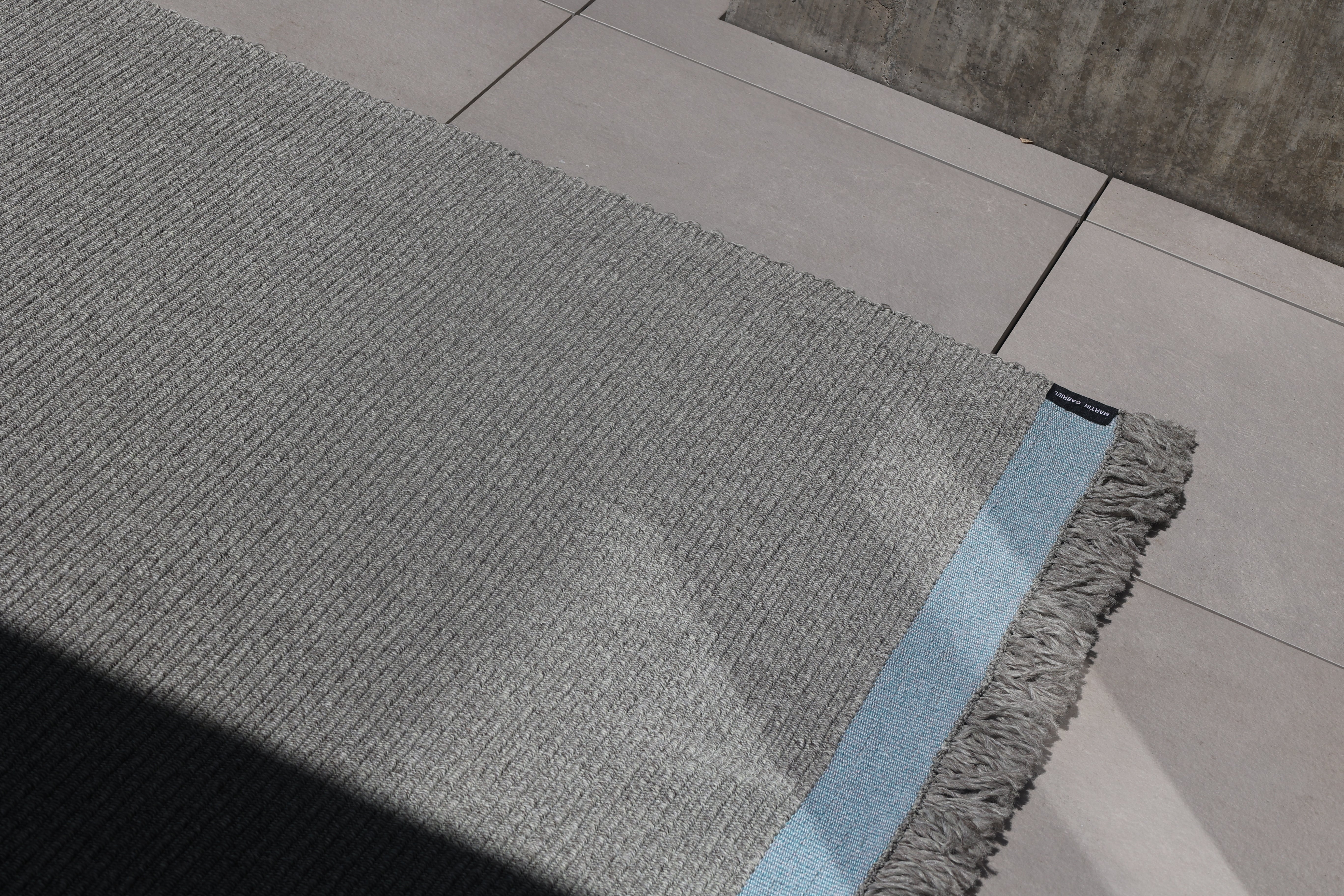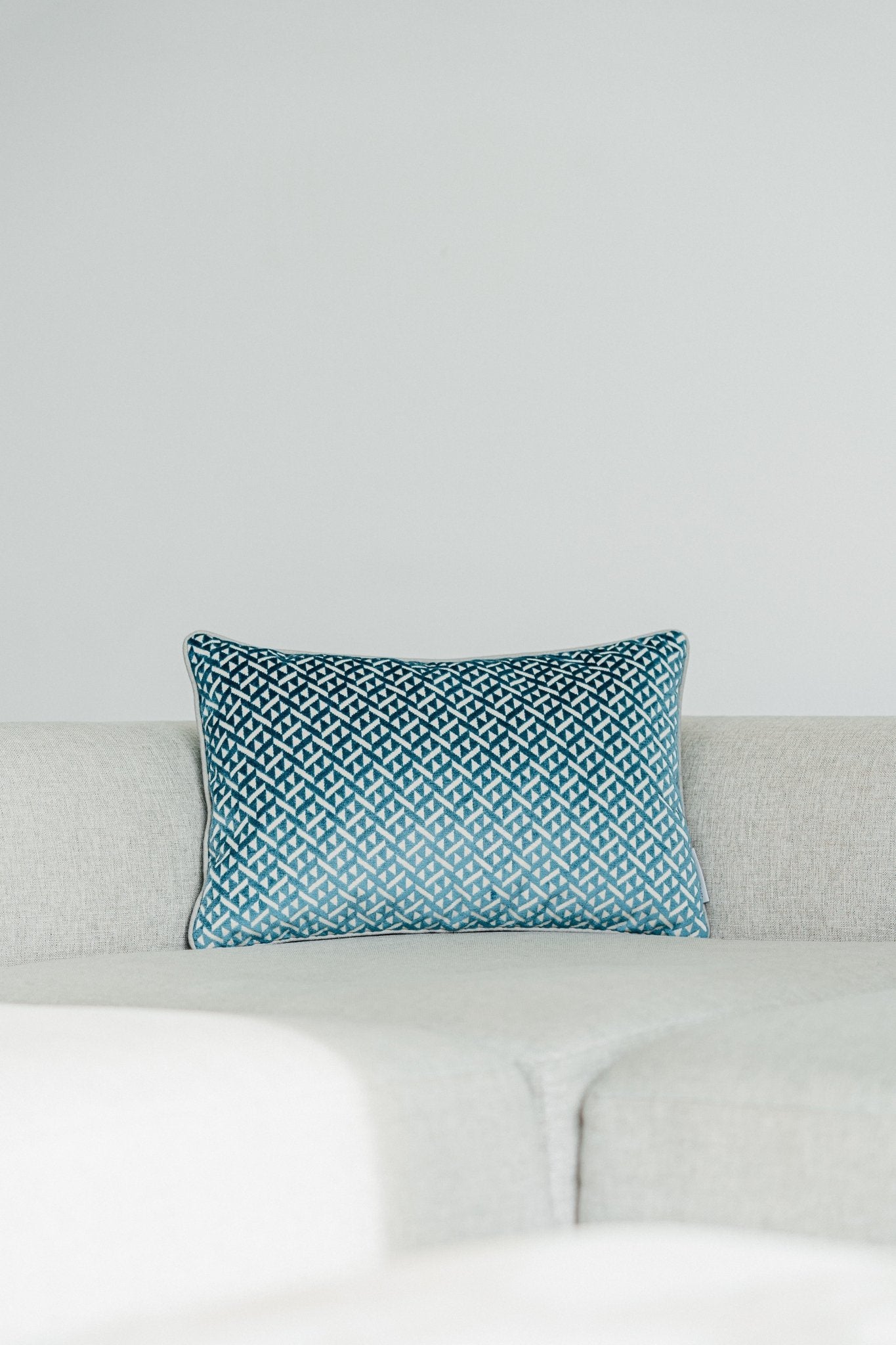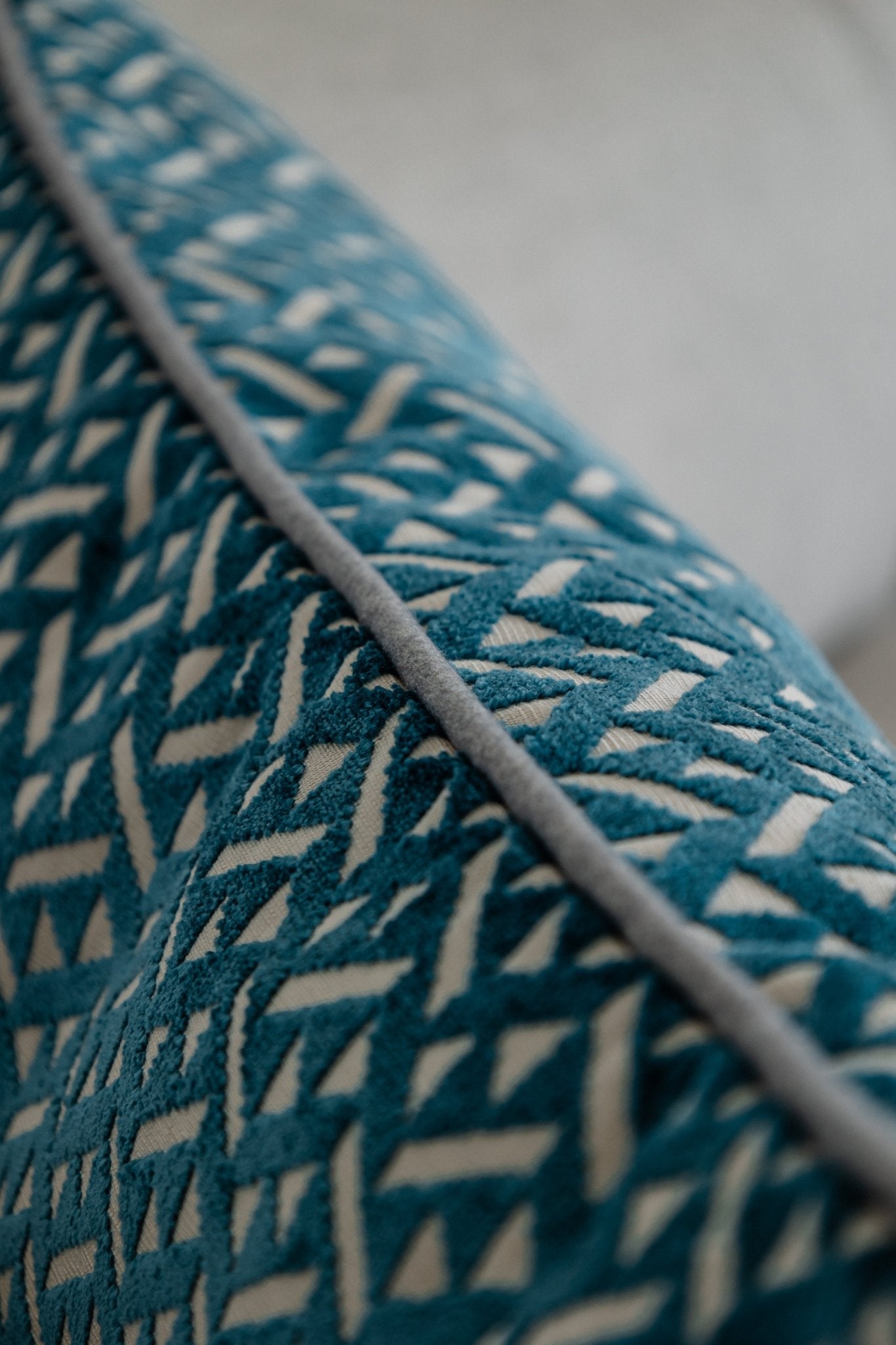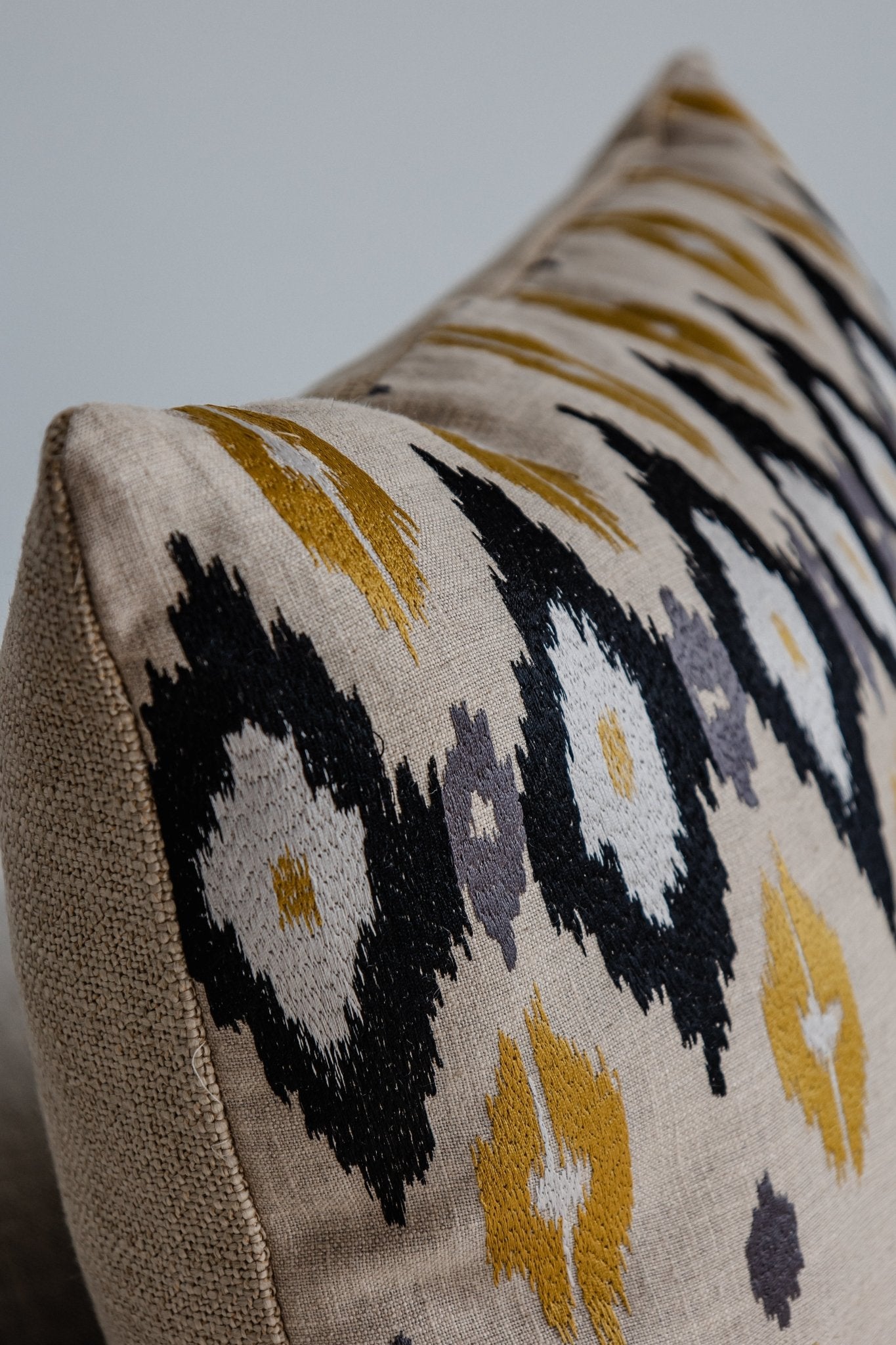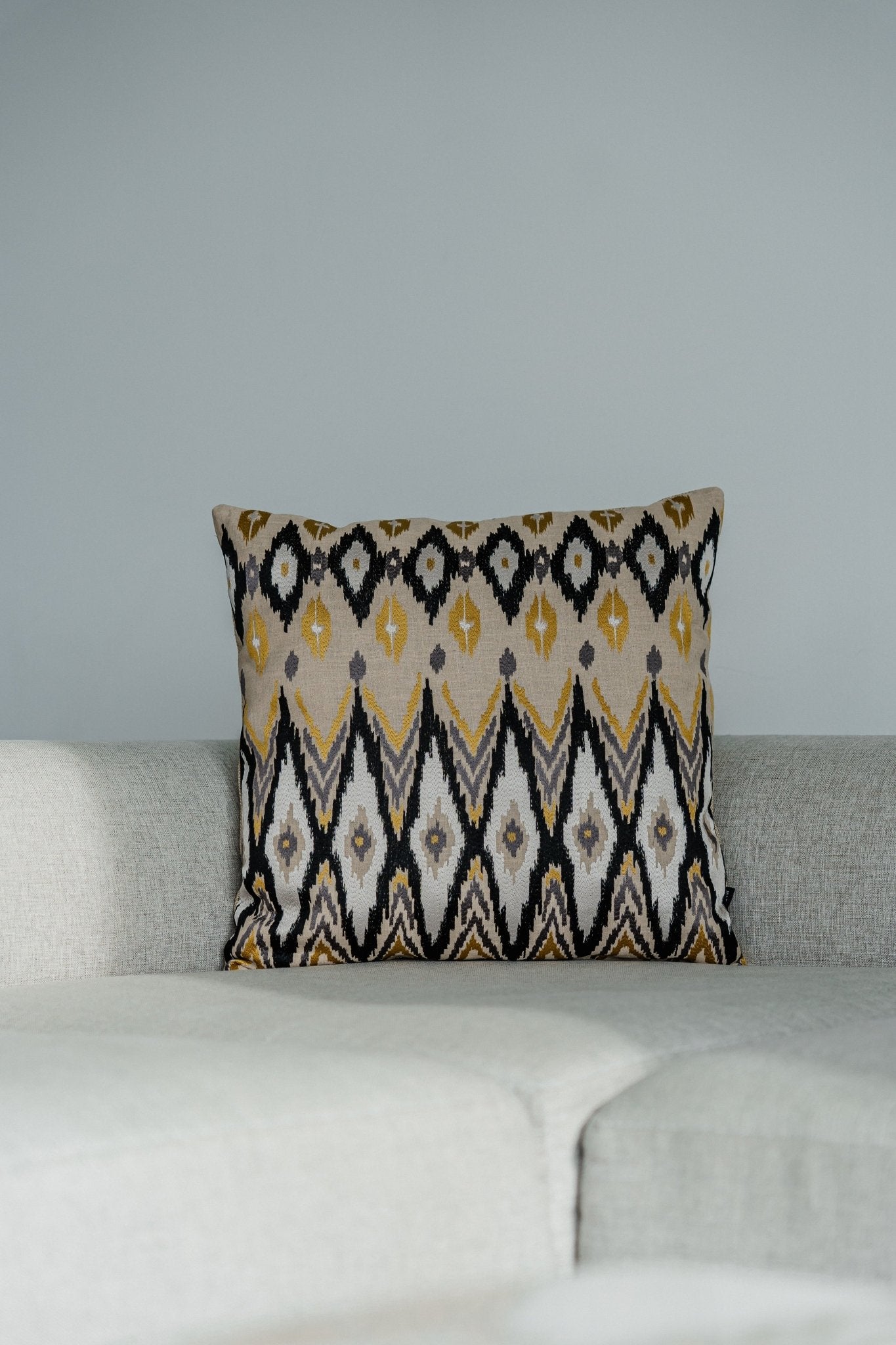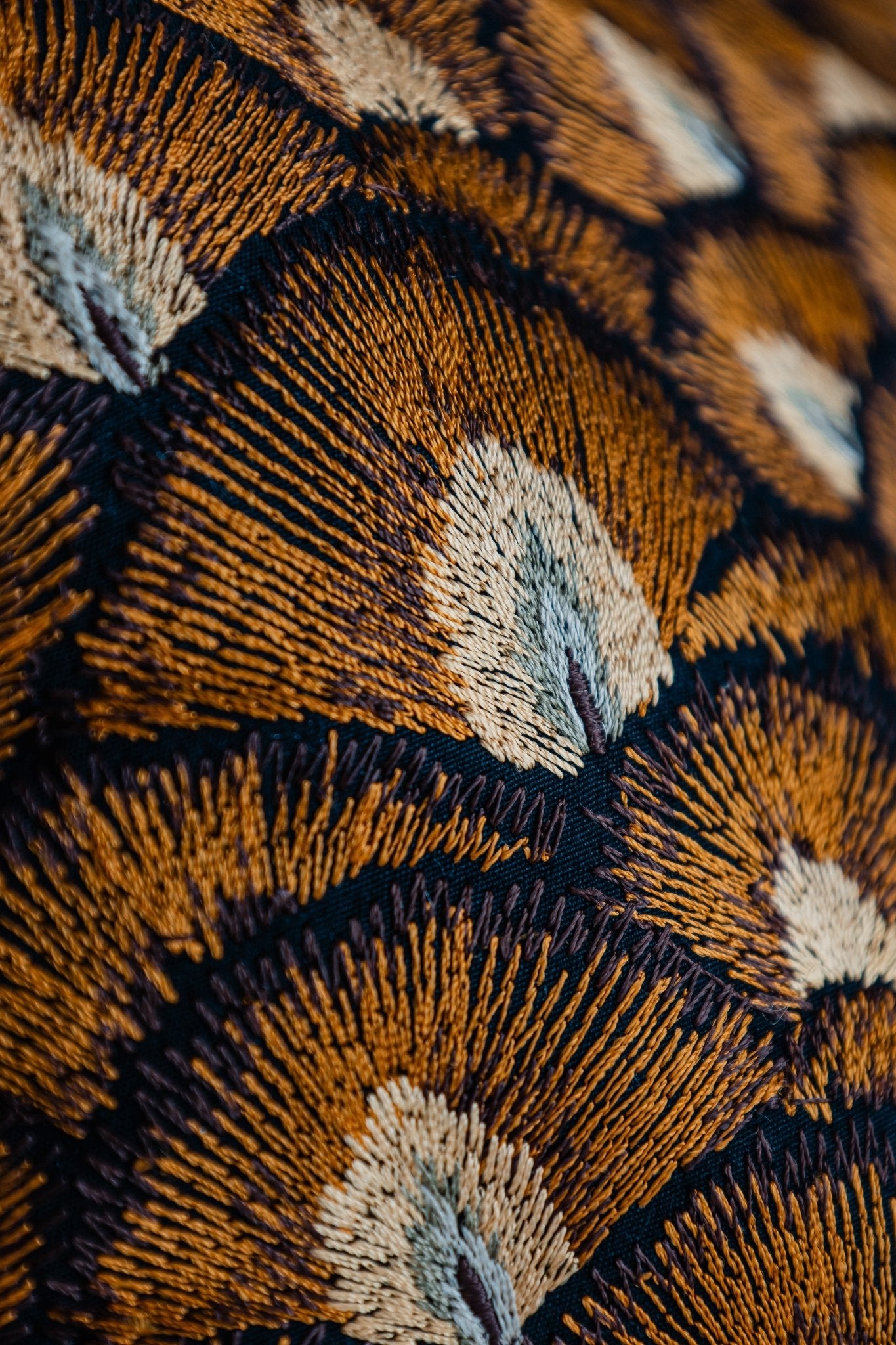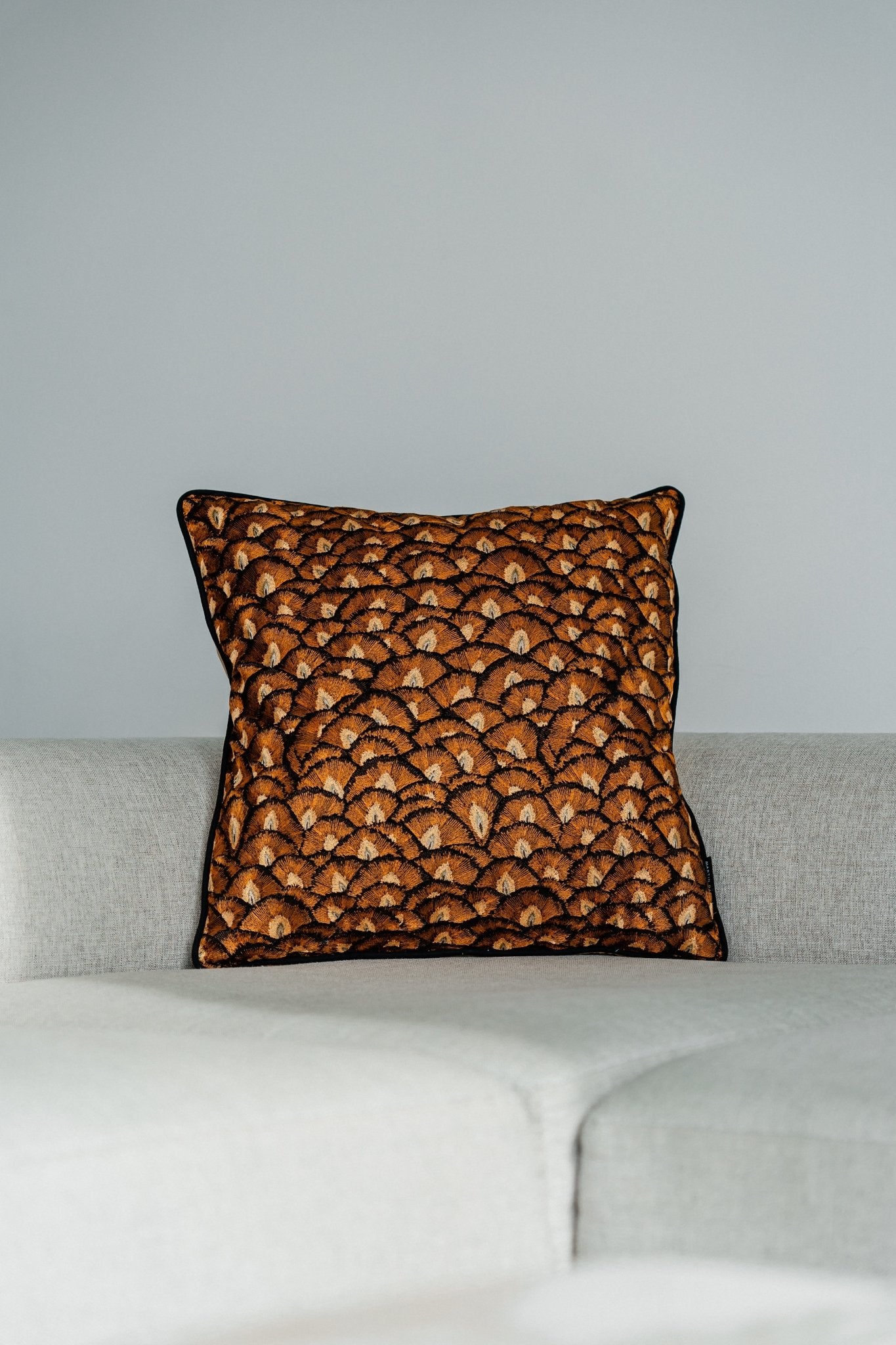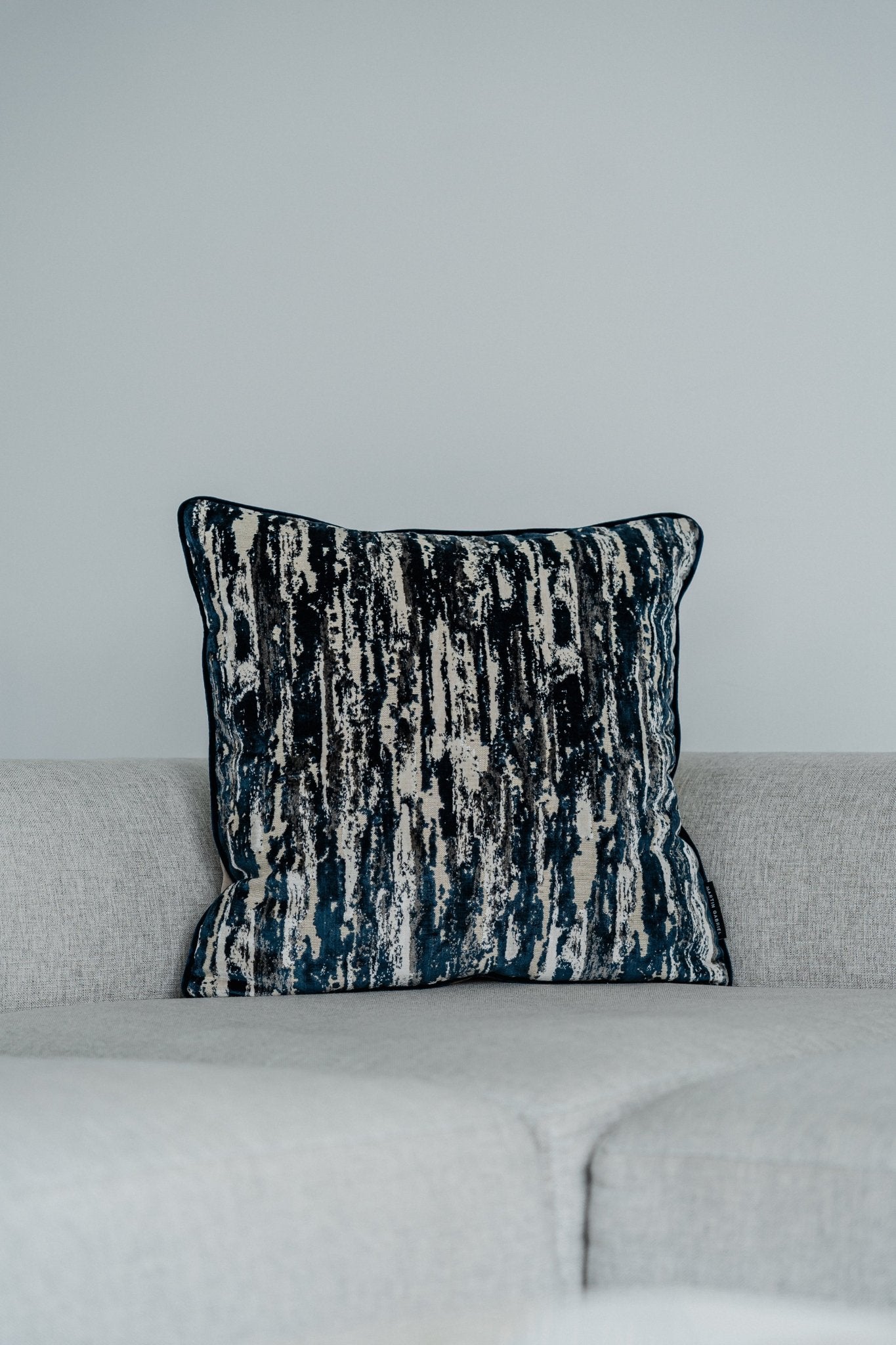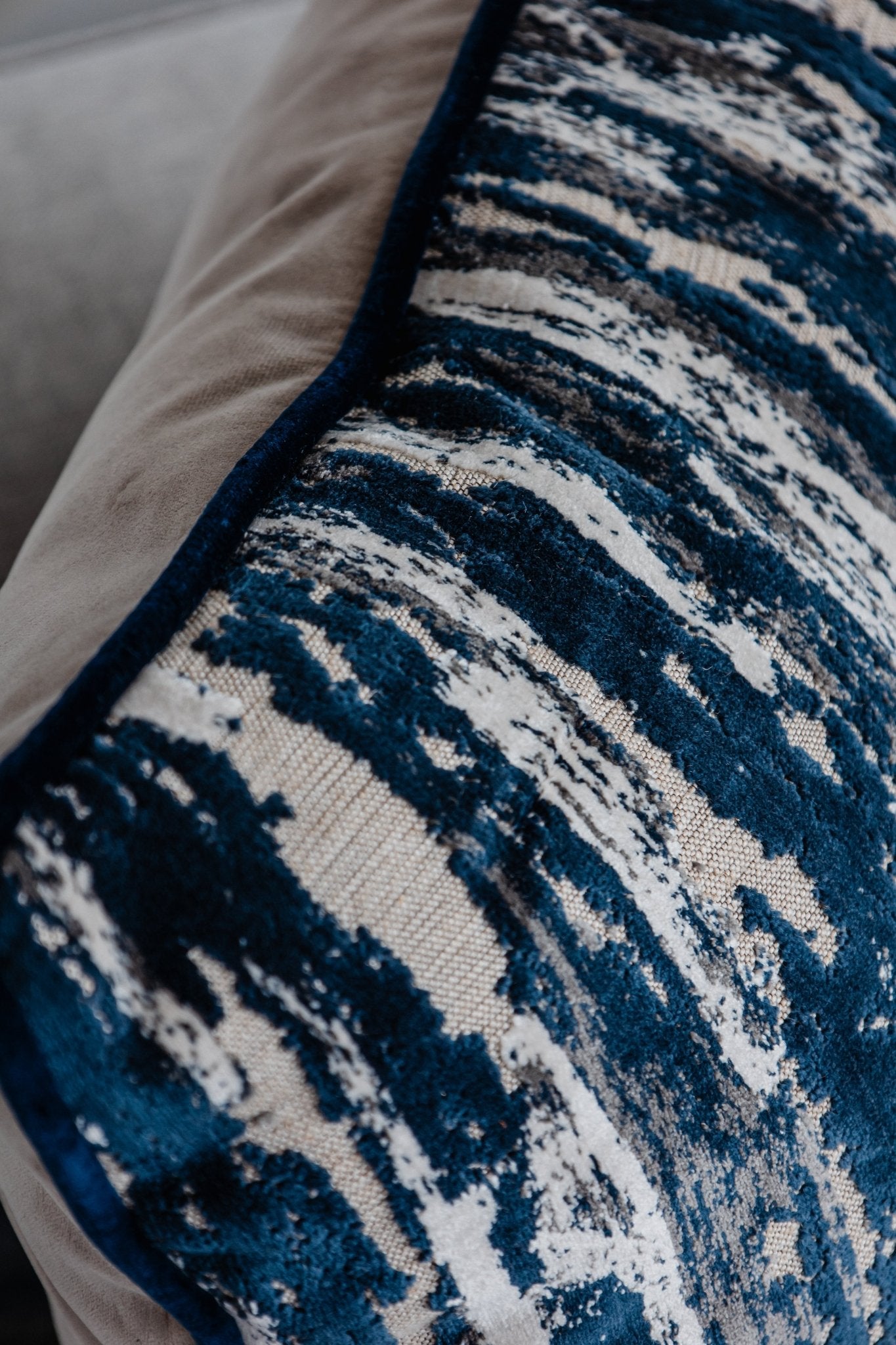A rug in the living room, also known as a living room carpet, not only changes the look but also instantly creates a welcoming atmosphere. It creates warmth, dampens noise, frames the sofa, and adds character to the interior. Nevertheless, the choice is often difficult: material, size, color, pattern, and placement all interact. A systematic approach will help you find the piece that brings joy every day.
More than decoration: Why the living room carpet shapes the room
Rugs act as an anchor in the floor plan. They define the seating area, draw furniture together, and make large spaces appear organized. Especially in open floor plans, they create better zoning: dining here, reading there, sofa in the middle.
There are also practical benefits. Parquet and tiles echo less when textile surfaces absorb sound. Feet stay warm. Small children prefer soft play surfaces. And last but not least, a rug protects the floor from casters and chair legs.
Light also changes. Pile heights reflect light differently than smooth surfaces. A rug can brighten dark corners or ground overly bright rooms.
Materials at a glance
Material isn't just a matter of feel. It determines care, durability, appearance, and even the room climate, while different designs offer additional visual appeal. Understanding your usage patterns helps you make better decisions.
- Wool: the classic
- Cotton: light, uncomplicated
- Jute: natural, structured
- Synthetic fiber: durable and easy to care for
- Blended fabrics and viscose: shine or feel for special effects
Wool
New wool insulates, regulates moisture, and is naturally dirt-repellent. Stains often only appear superficially because the wool grease repels them. A good wool rug will last for many years, won't curl at the edges, and feels comfortable even underfoot. Deep pile is particularly cozy, while short pile or flat weave is perfect for busy households.
Tip for wool smell: air it out briefly, it will dissipate. A mat prevents slipping and protects the pile.
Cotton
Cotton is breathable, lightweight, and frequently washable. Flat-woven cotton rugs are suitable for small spaces, vacation homes, or seasonal changes. They are not as heavy as wool and therefore often require a slip-resistant underlay.
Those who redecorate frequently will appreciate the light weight and fair price. However, in heavily used living rooms, signs of wear and tear will become apparent more quickly.
jute
Jute is robust, textured, and adds an earthy, artisanal touch. Its natural tone harmonizes with wood, linen, and plants. Jute doesn't like persistent moisture, so it's best kept away from patio doors where moisture regularly enters. It's ideal for airy, minimalist, or Mediterranean looks.
synthetic fiber
Polypropylene, polyester, and nylon are real workhorses. They're easy to vacuum, colorfast, and attractively priced. Families with children and pets prefer short-pile or flat-woven versions that don't trap crumbs and hair as much. High-quality synthetic fibers no longer feel plasticky.
Comparison at a glance
| material | Haptics/Optics | Care requirements | robustness | Suitable for | Price level | Special features |
|---|---|---|---|---|---|---|
| Wool | warm, voluminous, noble | low to medium | high | durable furnishings, acoustics | medium to high | self-cleaning tendency, insulating |
| Cotton | light, matte, casual | low | medium | flexible decoration, smaller budgets | low to medium | often washable, prone to slipping without pad |
| jute | rustic, textured | medium | medium to high | nature-loving looks, bright rooms | medium | susceptible to moisture, grounds rooms |
| synthetic fiber | from matt to glossy | low | high | Families, pets, heavy use | low to medium | colorfast, very easy to care for |
Size and proportions of the sofa landscape
The right size determines whether a rug looks sophisticated or lost. Too small will detract from the room's visual calm. Too large will overwhelm walkways or bump into baseboards.
Basic rules that have proven successful:
- The width of the living room rug depends on the sofa. The rug can extend 10 to 20 centimeters on the left and right sides, or it can be flush.
- For 2- or 3-seater sofas, place all the front legs of the sofas and armchairs on the rug. This creates a sense of unity within the group.
- In a living area: the carpet fills the area under the coffee table and the inner leg of the L-shape.
- Maintain a distance from the wall. 15 to 30 centimeters of space gives the room depth.
Guidelines for standard furniture:
- 2-seater with small table: 160 x 230 cm
- 3-seater with armchairs: 200 x 300 cm
- Large living area: 250 x 350 cm or 300 x 400 cm
- Round rugs: 160 or 200 cm diameter with central coffee table
Corner sofas benefit from rectangular formats that accommodate the long legs. Round rugs work well in compact rooms when placed centrally under the table and lightly touching the front legs of surrounding armchairs. In very large rooms, the rug can support the entire seat, including the back legs. This creates a luxurious and tranquil effect.
Colour and pattern: Use light and dark rooms sensibly
Color determines mood and depth. It shouldn't be viewed in isolation, but rather interacts with the wall tone, flooring, sofa, and curtains.
Bright rooms with plenty of daylight:
- Muted earth tones such as sand, ochre or olive prevent glare and bring warmth.
- Bold accents in cobalt blue, emerald or coral create clear contrasts and remain intense throughout the day.
- Fine patterns, tone-on-tone, provide structure without restlessness.
Dark rooms or rooms with north-facing windows:
- Light natural tones, cream and mist gray reflect light and open up the space.
- Mottled yarns conceal dust and appear softer than pure white.
- Graphic patterns with light lines on a dark background provide contour without becoming too heavy.
Color combinations that often work:
- Oak floor plus wool carpet in greige, sofas in sage or terracotta
- Concrete grey screed plus natural jute, plus black metal accents
- Dark walnut parquet plus short-pile wool carpet in ivory in the living room, cushions in denim tone
The scale of the pattern should match the room size. Small patterns in large rooms tend to create a restless effect. Generous geometries create a sense of space. Berber patterns or Beni Ourain rugs have a timeless feel, stripes stretch rooms, and kilims add color and history. Those who like to redecorate will find mottled, neutral surfaces offer the most flexibility.
Placement: the most important layouts
A rug can only be effective in a living room if it 's positioned correctly and emphasizes the room's atmosphere. Three placement options have proven successful:
- Front legs on the carpet
- The sofa and armchair stand on their front feet, while the back feet remain on the floor.
- Works for medium-sized rooms and 160 x 230 or 200 x 300 cm formats.
- Visually connecting, saves space.
- Everything on the carpet
- All seating furniture stands completely on the carpet.
- Ideal for 250 x 350 or 300 x 400 cm.
- Very quiet and high-quality, sets clear zones in open floor plans.
- Coffee table island
- Only the table is on the carpet, the furniture around it is on the floor.
- Practical in very small rooms or when radiators and doors dictate the size.
- Attention to detail is important: choose a round or square carpet.
Practical tips:
- Consider adding underlays. They prevent slipping, protect floors, and make the pile more elastic.
- Keep walkways clear. Leave at least 30 centimeters between the edge and furniture for comfortable movement.
- Keep away from fireplaces and heat sources. Heat and flying sparks are not compatible with natural fibers.
- Test the doors. Nothing should scrape.
- Try layering: a flat, large rug on the bottom, a small, deep pile or fur on top. This creates depth, but only works if the colors complement each other.
Styles: modern, classic, minimalist
Style is not a dogma. It provides guidance on materials, patterns, designs, and placement.
Modern look
Clean lines, calm colors, and occasional accents. Short-pile wool rugs in greige, taupe, or anthracite provide a base upon which colorful pillows and art appear. Geometric patterns, large grids, and broad block stripes work well. Metal, glass, and concrete are warmed by textile contrast.
Recommendations:
- 200 x 300 cm wool carpet in medium grey under 3-seater plus two armchairs
- Graphic pattern with large repeat width, colors reduced
- Coffee table with a light silhouette so that more of the pattern remains visible
Classic furnishings
Timeless, elegant, and meticulously detailed. Hand-knotted wool rugs with traditional ornamentation, Persian influences, or Berber patterns work perfectly. Warm shades of red, navy, ivory, and gold tie in with classic fabrics like velvet and linen. Here, the rug can support the entire seating area.
Recommendations:
- 250 x 350 cm, dense pile, rich border, sofa position completely on the carpet
- Walnut wood, linen curtains, lampshades
- Choose mottled colours to keep the look lively and not too strict
Minimalist rooms
Reduced, airy, functional. Flat-woven in wool or jute, clean surfaces, neutral tones. The rug is understated, structured, and high-quality. Few patterns, more of a tone-on-tone design. Round rugs offer a soft counterpoint to rectangular furniture.
Recommendations:
- Jute in natural for light floor, wool flat weave in grey for dark floor
- 200 x 300 cm, front leg rule, low tables, hardly any decoration on the carpet
- Precisely align edges, underlay pad for perfect position
Choosing the right feel and pile height
Pile height determines not only the look but also everyday suitability.
- Deep pile (from approx. 20 mm): soft, comfortable, acoustically strong. More sensitive to stains, making it difficult for robot vacuums.
- Short pile (5 to 15 mm): easy to care for, modern, good for families.
- Flat weave: durable, resistant to crumbs, ideal for underfloor heating.
Pets:
- Short pile and flat weaves collect less hair and are easier to vacuum.
- Looped yarns don't resist scratching well. Cut yarns are more robust.
Underfloor heating:
- Flat weave or medium pile without dense latex backing. Follow the manufacturer's instructions to ensure proper heat transfer.
Care, durability and everyday tricks
A high-quality carpet stays beautiful for a long time with little effort.
- Vacuum regularly, more often at first with wool, as loose fibers will shed. This is normal.
- Rotation every 6 months ensures consistent light and track patterns.
- Remove stains immediately: first pat dry, then rinse with lukewarm water and a little wool detergent. Do not rub, or the pile will mat.
- Professional cleaning every 2 to 4 years, depending on use.
- Underlays extend the lifespan because the carpet moves less.
- Furniture glides under sofa legs prevent pressure points. Adjust the position slightly every now and then.
- Plan for sun protection. Direct UV radiation bleaches colors. Curtains or film can help.
Typical stain removers:
- Red wine: Salt is a myth, better work quickly with carbonated water and a cloth.
- Grease: Apply kitchen paper, lukewarm soapy water, patience.
- Candle wax: Allow to harden, carefully remove, and treat any residue with blotting paper and an iron on the lukewarm setting. Always test on an inconspicuous area.
Sustainability and health
Those who value healthy materials pay attention to certificates and processing.
- GOTS for natural fibers, OEKO-TEX for textiles tested for harmful substances
- GoodWeave for fair production conditions for handmade carpets
- Natural latex as a back is useful as long as it is not too dense
- Low VOC emissions to prevent odor pollution
Wool and jute are renewable and have a long service life. Synthetic fibers score highly for their durability and ease of cleaning, which saves resources. The best effect is achieved when a rug is used for many years.
Recognize quality and use budget wisely
Not every rug has to be an investment, but a few characteristics separate solid goods from short-lived purchases.
- Weight and density: A dense pile springs back and shows fewer pressure points.
- Edge finish: neatly edged, no loose threads, corners lie flat.
- Back: even coating, no crumbly layers.
- Hand-knotted vs. hand-tufted vs. machine-woven: Knotted rugs are durable and repairable, tufted rugs offer good value for money, and machine-woven rugs are very even and robust.
- Color quality: Yarns that are dyed through rather than just tinted on the surface look fresher for longer.
Price range for orientation:
- Solid flat weave, 160 x 230 cm: from 150 to 300 euros
- Good wool carpets, 200 x 300 cm: from 600 to 1500 euros
- Hand-knotted in a similar size: from 1500 euros upwards, depending on origin and knot density
If you're planning on a limited budget, opt for standard sizes, neutral colors, and good bedding. You can add color later with pillows and blankets.
Avoid typical mistakes
- Carpet too small: order a size larger and test it at home.
- Busy patterns in already crowded rooms: calm the surface, set accents with accessories.
- Slip hazard: Forgotten a mat. A small detail with a big impact.
- Color not tested in room light: View samples in daylight and artificial light.
- Transitions ignored: Plan carpet edges at doors and walkways early on.
Quick check and shopping list
Before you buy, briefly go through:
- Measure room size, make furniture sketches, mark walkways
- Format for carpets living room: 160 x 230, 200 x 300, 250 x 350 or round
- Material suitable for everyday use: wool, cotton, jute, synthetic fiber
- Coordinate the color concept with the floor, walls and sofa
- Order underlay
- Realistically assess care requirements
- Test lighting conditions: Place a sample near the window and next to the sofa
Shopping list:
- Carpet in a fixed size
- Anti-slip underlay in the right size
- Furniture glides for sofa legs
- Stain kit: pH-neutral detergent, white cloths, spray bottle
- Tape measure, painter's tape for marking the floor before ordering
With a clear plan, choosing the perfect living room rug becomes more relaxed. The rug will not only complement the sofa set with its impressive designs, but will also lend the living room a cozy atmosphere that will delight every day.




